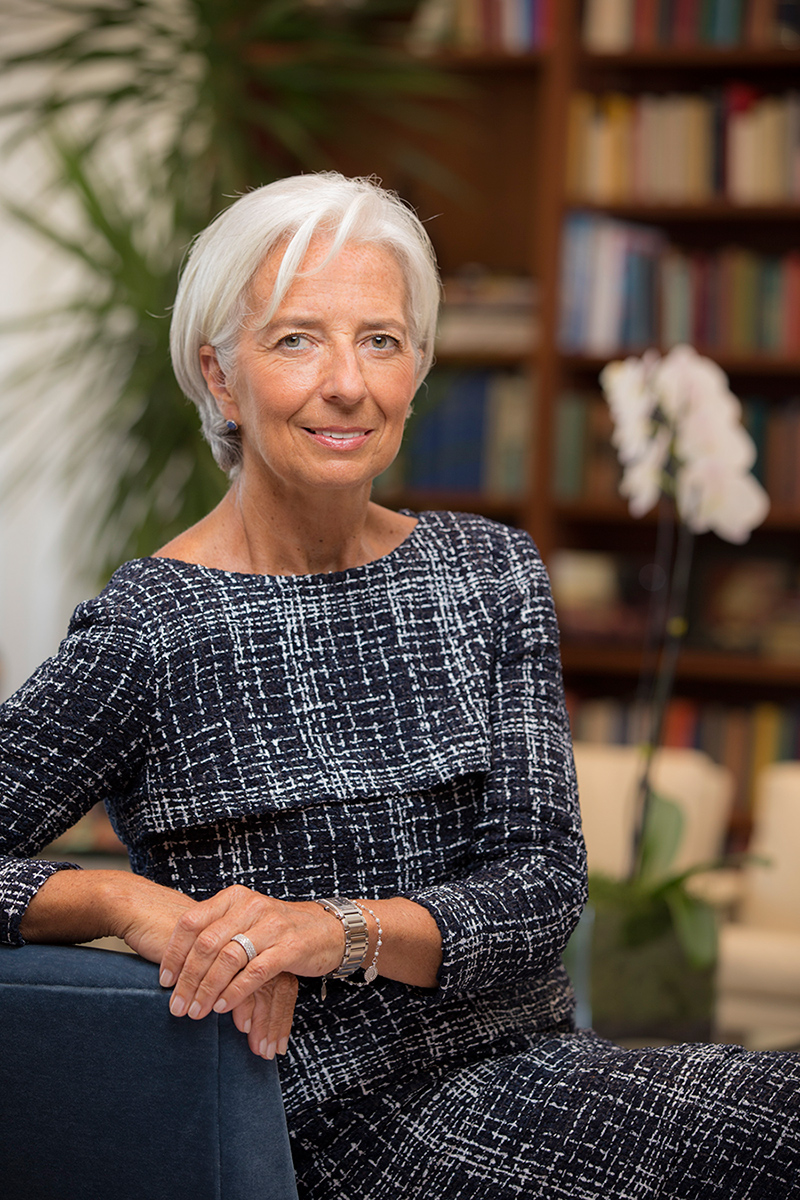By Arul Louis
United Nations– The International Monetary Fund (IMF) on Monday reaffirmed that India’s economy is projected to grow by 7.4 percent in the next fiscal year, regaining the rank of the world’s fastest-growing large economy as China slows down.
Like India’s improving economic performance, the global economy was also on the uptick, estimated to have grown by 3.7 percent last year and forecast to grow this year and the next by 3.9 percent, according to the Fund’s World Economic Outlook Update.

At the release of the Update in Davos, IMF head Christine Lagarde said that for the world economy, “all signs point to a further strengthening both this year and next,” but cautioned that “complacency would be a mistake.”
“We should certainly appreciate this season of broad-based growth momentum,” she said. “But we should also use this time to find lasting solutions to the challenges facing the global economy in 2018.”
The Update gave a rosier estimate for the current year than the Indian government’s. It estimated the Indian gross domestic product (GDP) growth at 6.7 percent in 2017-18, compared to the 6.5 percent figure given by the Ministry of Statistics and Programme Implementation.
Saying it expected a “pick up in India,” the Update stood by all the projections it made last October. It projected a growth of 7.8 percent in 2019-20.
China, which is 2017’s growth champion with a growth rate of 6.8 percent, is expected to slow down to 6.6 percent in this year and 6.4 percent next year, according to the Update.
IMF Research Director Maurice Obstfeld warned that while the current “momentum will carry through into the near term”, without reforms “the next downturn will come sooner and be harder to fight”.
“Political leaders and policymakers must stay mindful that the present economic momentum reflects a confluence of factors that is unlikely to last for long,” he told reporters in Davos.
Although the world seems to have come out of the global financial crisis, “without prompt action to address structural growth impediments, enhance the inclusiveness of growth, and build policy buffers and resilience,” another may be round the corner.
“Global economic activity continues to firm up,” the Update said, raising last year’s estimate by 0.1 percent from the October Outlook report to 3.7 percent, and 0.5 percent higher than the growth rate in 2016.
For next year and 2019, the Update revised global growth projections upward by 0.2 percent to 3.9 percent.
It said the growth pickup “has been broad based, with notable upside surprises in Europe and Asia”.
Obstfeld said that the recent tax reforms in the US will contribute noticeably to its growth over the next few years with a positive effect on its trade partners “largely because of the temporary exceptional investment incentives that it offers”.
But it will be short-lived and “will also likely widen the US current account deficit, strengthen the dollar, and affect international investment flows”, he added.
The Update estimated US growth at 2.3 percent for last year and forecast a growth rate of 2.7 percent this year and 2.5 percent next year.
An important feature of the tax reforms is the reduction in the corporate tax rate from 35 percent to 21 percent, which gives US companies an incentive to bring back their holdings stashed away abroad. (IANS)





